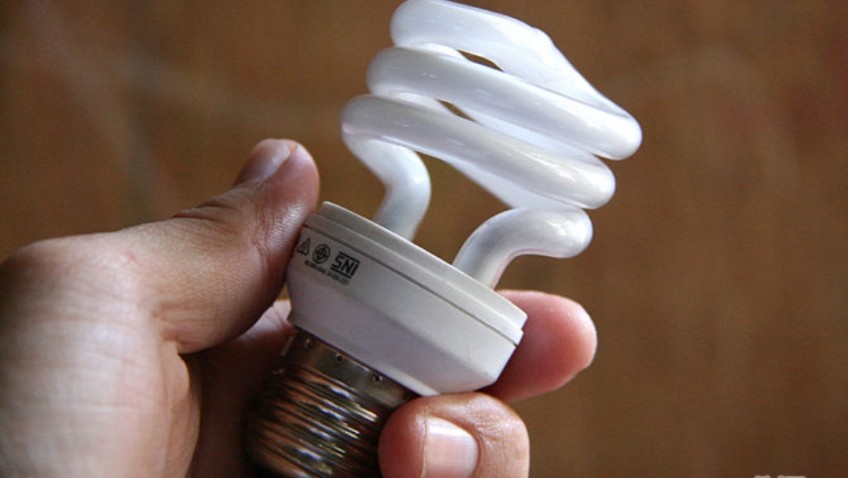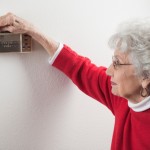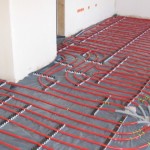Choosing a lightbulb used to be easy, then, in 2012, the lightbulb landscape changed; traditional bulbs were out and energy efficient bulbs took over.
Now you need to know the difference between ‘fluorescent’, ‘halogen’ and ‘light emitting diodes’ and a whole new word has entered our vocabulary – lumens, signifying the amount of light emitted by the lightbulb. So why is it important?
The charity, Thomas Pocklington Trust, has researched the benefits of good lighting for older people and found that choosing the right lighting is one of the most important things we can do to enjoy our later lives.
Changes
Eyesight changes naturally as we age and may decrease, so it’s vital to change our lighting too. When older people were invited to try new lighting in their homes they found it improved their quality of life and independence. It helped them make the most of their vision so that they could more easily enjoy hobbies and carry out daily tasks.
If you want to update your lighting, making sure you buy the right lightbulbs is a good place to start:
There are three main types of energy saving light bulb:
• Compact fluorescent lamps (CFLs) are the most common.
• Halogen bulbs are cheapest but the least energy efficient and least durable.
• Light emitting diode (LED) lights are the most expensive but also the most energy efficient and the most durable. A £25 LED light should pay for itself within 5 years and could last for up to twenty.
Don’t be put off by price: Energy-saving light bulbs are not cheap but they last longer than ordinary bulbs and use less electricity. For instance, a CFL bulb costing £6 should pay for itself in a year. A bright energy saving bulb only costs about £1.50 more per year to run than a less bright one, so if you want extra light, get the brighter bulb.
Quick start
‘Quick Start’ CFL lightbulbs reach full brightness in less than 30 seconds and these are the best bulbs for bathrooms, halls and stairways where light is needed quickly. They are marked ‘quick start’ on the packaging and although they may cost a pound or two extra they are worth it to keep you safe.
Equip yourself with some portable task lighting. Use a ceiling light for background lighting and ‘task lights’ for seeing things close up.
Use lampshades to prevent glare: if an energy saving bulb sticks out of the shade – get a bigger shade or a smaller light bulb.
Learn about lumens: The number of lumens denotes how bright the light will be – more lumens more light. For staircases and landings use at least 1200 lumens. Large rooms need a minimum of 1200 and average sized rooms need 600-700 lumens – though additional lamps are also needed for close work such as reading. For under-cupboard lighting in kitchens or lights inside wardrobes or cupboards you only need 250 lumens.
Cold places
In cold places such as an unheated pantry or garage use a halogen or LED bulb.
To use dimmers choose halogen bulbs for the best performance. Most LEDs and CFL bulbs are not dimmable. If a CFL bulb is dimmable information on the packaging will state this.
To use timers or sensors that respond to light or movement (photocell lights), choose Halogen or LED lights. Most CFL bulbs cannot currently be used with timers or photocell circuits.
Modern energy efficient bulbs are just as bright, effective and easily controlled as the old traditional lightbulbs and there are bulbs to suit all your needs.
For help with buying them see the latest guide: Choosing energy saving light bulbs for your home – from http://www.rica.org.uk/
by Sue Cooper
Thomas Pocklington Trust




